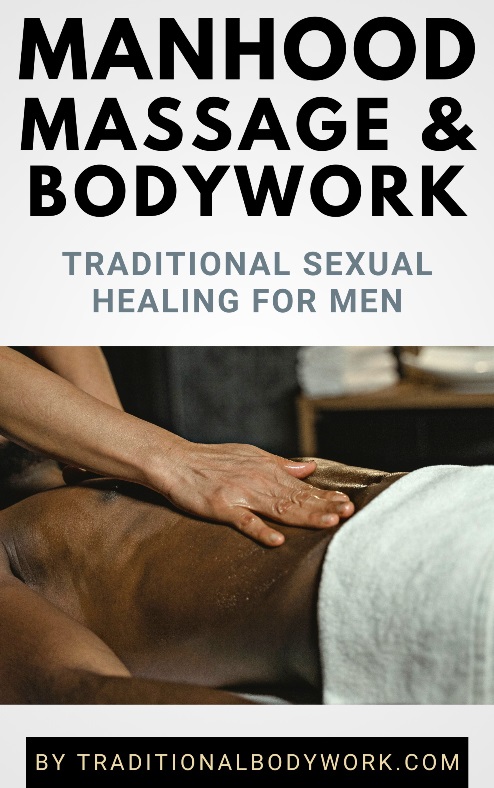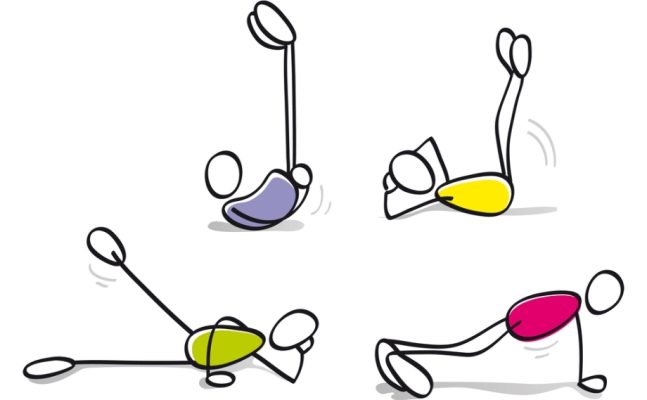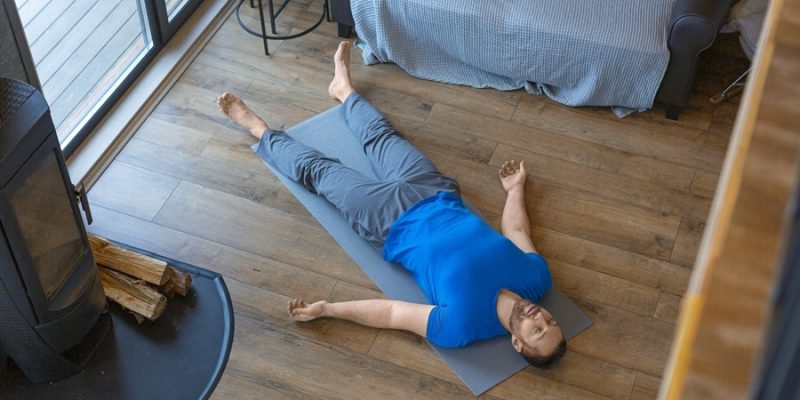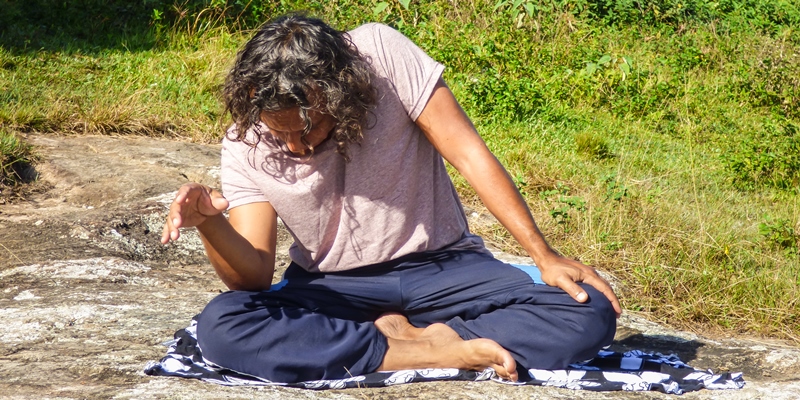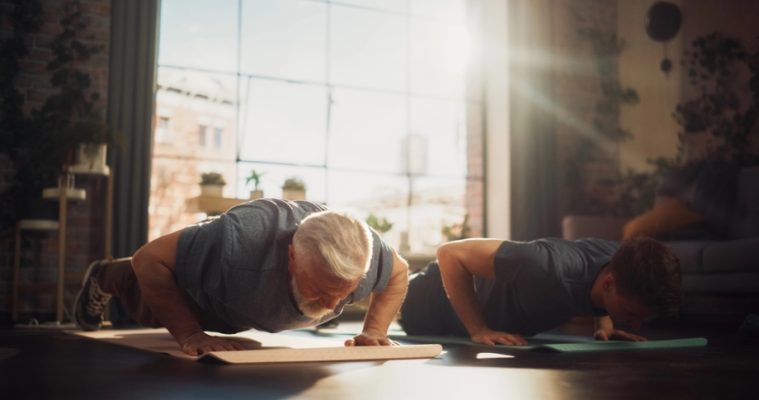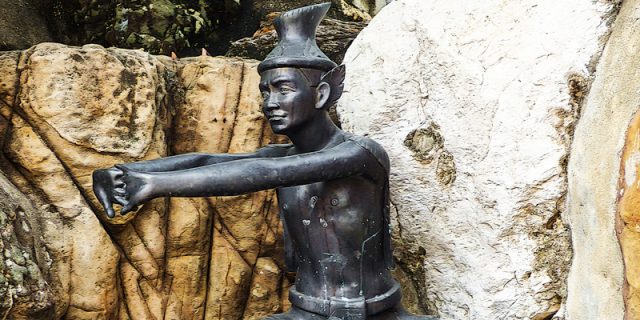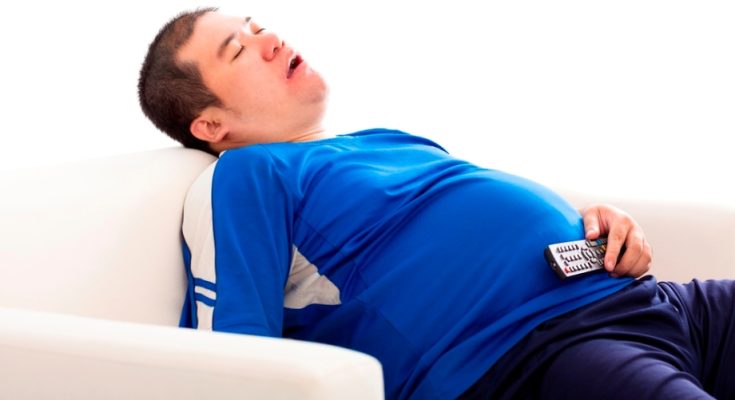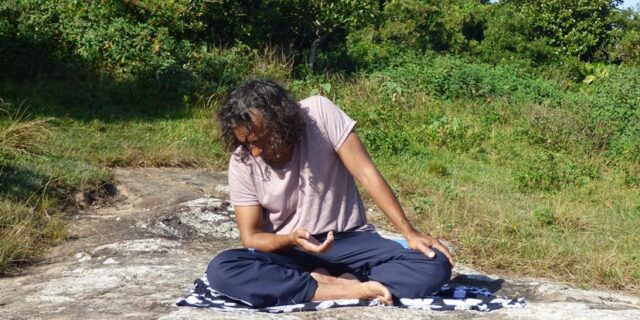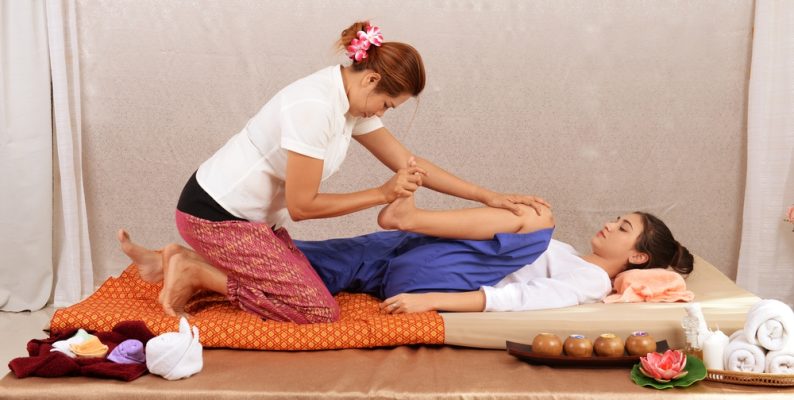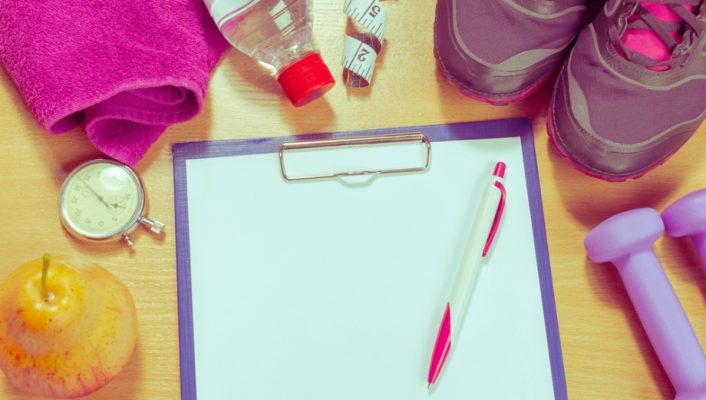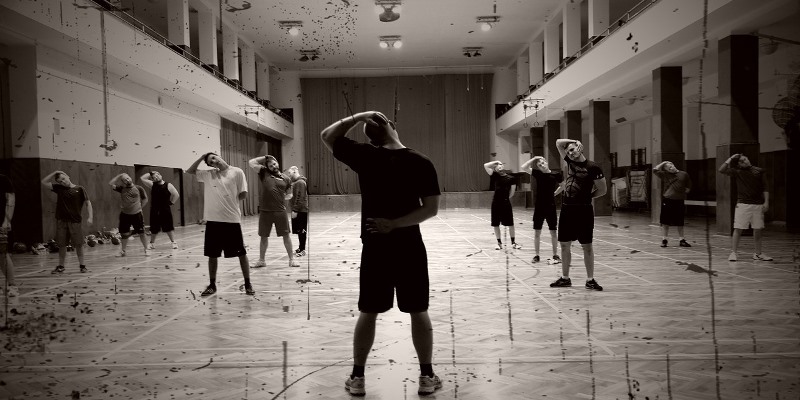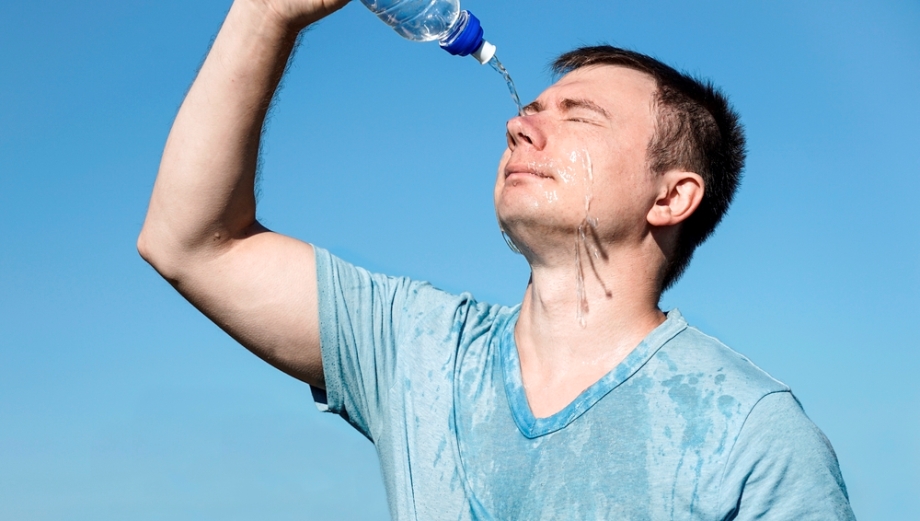
A post-exercise routine is crucial to benefit optimally from physical exercise, and moreover, to avoid damage to your health. We discuss the three most important topics: cooling-down, food and drinks, and relaxation and rest.
Cooling-down
When you reach the end of your exercise session or immediately afterwards, it’s good practice to build-in a cooling-down routine, which is also called a warming-down.

Typically, your muscles will be tight, tensed, and contracted due to the physical activity you engaged in, and it’s common to incorporate stretches in a cooling-down routine to relax the muscles.
In addition, cooling-down allows your body temperature, your blood pressure, blood circulation, and heart rate to gradually return to their normal levels. It releases overall tension of the body and it’s thought to also help lessen muscle soreness afterwards.
The cool-down part can be about five minutes, but taking more time is possible, of course. As with the warming-up routine before exercise you can find numerous examples on the Internet of cooling-down routines.
You may also want to check out my free Reusi Dat Ton (Thai Yoga) Support Guide. It contains a video with a simple cooling-down routine, which I use after having done Thai Yoga exercises.
Foods and Drinks
After your workout you will need some proteins and carbohydrates to help the recovery (and growth) of your muscles and to replenish your energy.
It’s good practice to do this within two hours after your exercise session. The appropriate amount of proteins and carbohydrates depends on the person and on the amount and intensity of exercise you did.
Rehydration of the body is another important must. Drink two to three cups of water immediately after your exercise.
Relaxation and Rest
Relaxation and rest is crucial for the recovery of your body. This includes taking it easy and getting enough sleep, and moreover, not engaging in physical exercise until you feel that your body is ready again.

The latter is not hard to discern. If you experience a lot of muscle soreness and feel weak, well, it means you’re not ready yet.
Another way to help your muscles recover is through massage treatments, but only if it’s taken as soon as possible after exercising and not when you already experience muscle soreness.
A massage treatment can reduce inflammation and alleviate pains, tightness, and muscle soreness by removing waste products out of your body. Massage can also speed up cell recovery by increasing blood circulation and breaking down scar tissue.
In general, it takes twelve to twenty-four hours before you’ll experience muscle soreness after a workout session, which can last anywhere between one to three days. As a rule: the more intense the exercise session was, the more time muscles need for their healing and rebuilding process.





